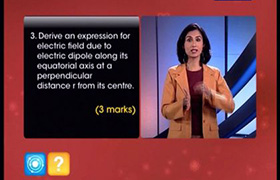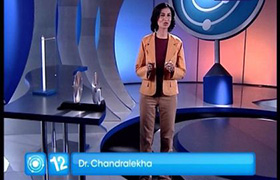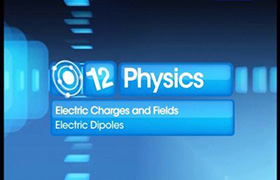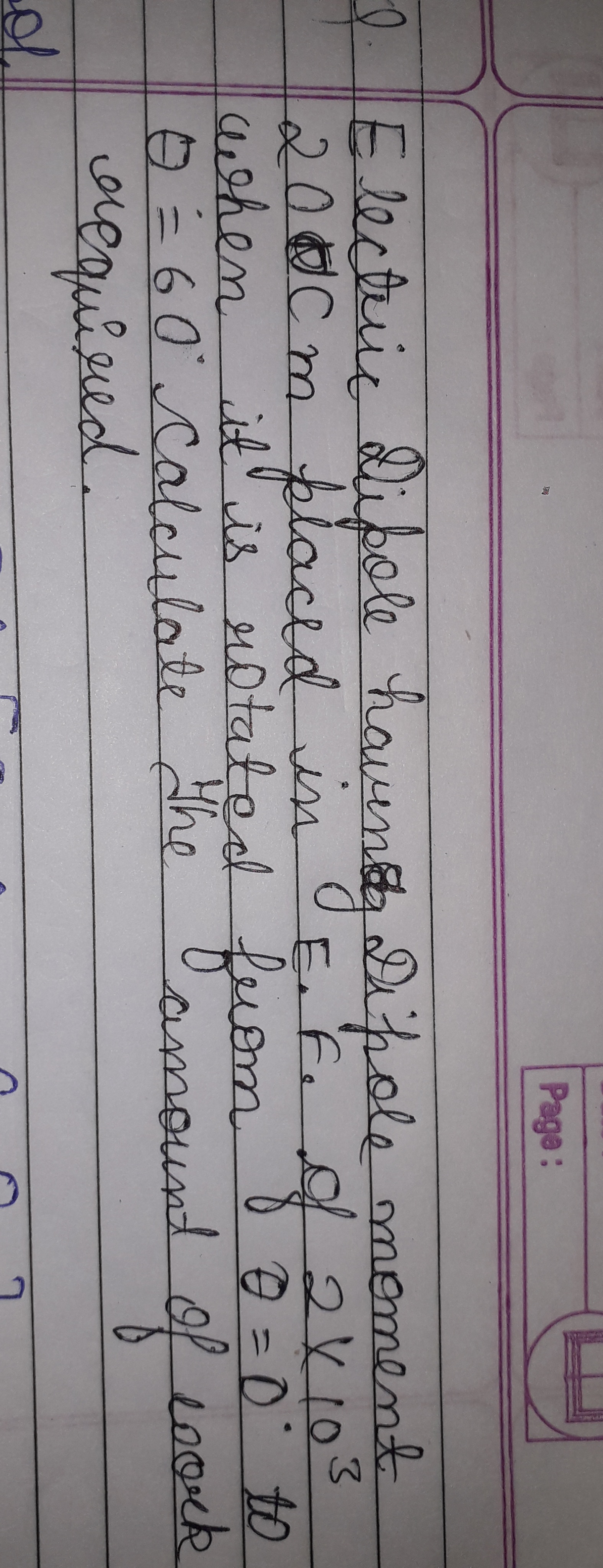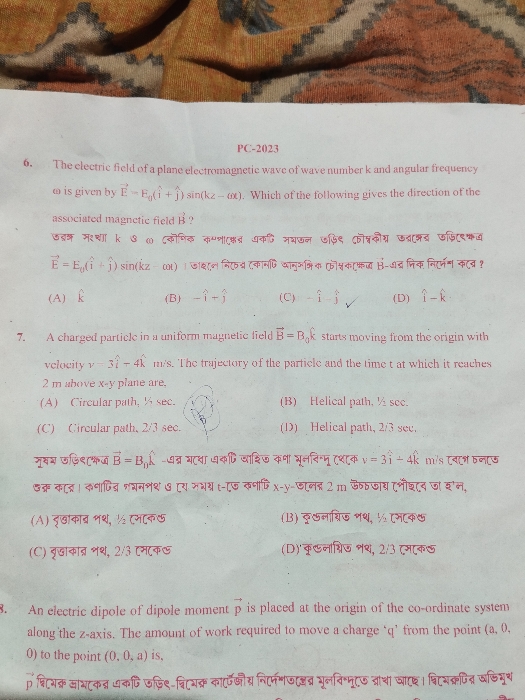CBSE Class 12-science Answered
Please solve this question
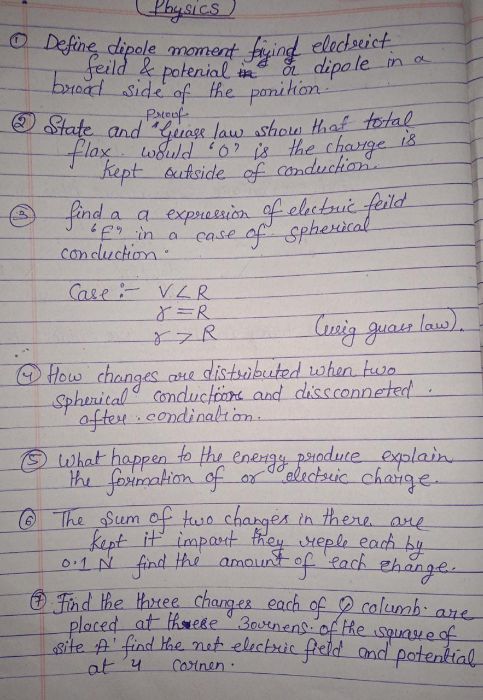
Asked by shinghip6 | 17 Jul, 2022, 16:36: PM
Seven questions should not be asked in single posting. Only one question per posting is allowed.
If there are more than one question, either first question or question specified by user is answered.
-------------------------------------------------------
Electric dipole consists of two charges of equal magnitude but opposite sign that are separated by a small distance

Electric dipole moment  is the product of charge q and distance d .
is the product of charge q and distance d .
 is the product of charge q and distance d .
is the product of charge q and distance d . Electric dipole moment  is vector quantity thta has direction from negative charge to positive charge
is vector quantity thta has direction from negative charge to positive charge
 is vector quantity thta has direction from negative charge to positive charge
is vector quantity thta has direction from negative charge to positive charge = q
= q 
--------------------------------
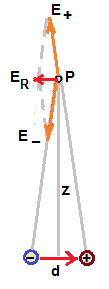
Let us consider a point P on the axis passing through mid point of dipole. Let the point P be at a distance z from centre .
At the point P , two charges are at equal distance from P .
Since the charges are equal in magnitude and opposite in direction, potential at P is zero.
Electric field at P due to positive charge is E+ as shown in figure .
Similarly electric field at P due to negative charge is E- as shown in figure .
Magnitude E of E+ and E- are same because magnitude of charge and distances are equal for both fields.
Resultant field ER is given as

where K = 1 / ( 4πεo ) is the coulomb's constant
where cosθ is given as

Hence resultant electric field is written as

If we use the definition of dipole moment " p = q d " and consider d << z , then resultant field will become

Answered by Thiyagarajan K | 18 Jul, 2022, 09:32: AM
Concept Videos
CBSE 12-science - Physics
Asked by sachin.sondur2012 | 07 Feb, 2024, 11:26: AM
CBSE 12-science - Physics
Asked by millionairekishan | 25 Jan, 2024, 12:34: PM
CBSE 12-science - Physics
Asked by mahantabibhutibhusan261 | 06 Nov, 2023, 21:04: PM
CBSE 12-science - Physics
Asked by shinghip6 | 17 Jul, 2022, 16:36: PM
CBSE 12-science - Physics
Asked by bolojubakesri47 | 15 Jul, 2022, 18:15: PM
CBSE 12-science - Physics
Asked by surajsinghrajput4691 | 16 May, 2022, 00:20: AM
CBSE 12-science - Physics
Asked by CHITTIBOMMAPARDHANADH | 06 Sep, 2021, 14:27: PM
CBSE 12-science - Physics
Asked by krishnamm7000 | 25 Jun, 2021, 07:30: AM

